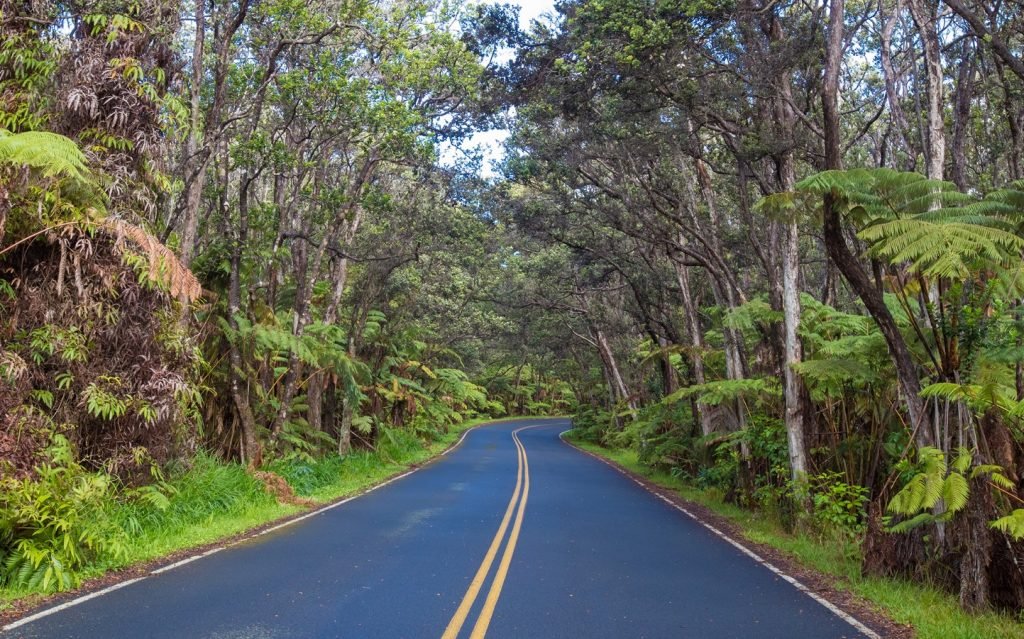
Crater Rim Drive

Hawaii
Crater Rim Drive is a scenic road that circles the summit caldera of Kilauea Volcano within Hawaii Volcanoes National Park on the Big Island of Hawaii. The drive provides visitors with stunning views of the volcanic landscapes, including the active Halema’uma’u Crater. Here are some key points of interest along Crater Rim Drive:
- Halema’uma’u Crater: This is the most prominent feature along Crater Rim Drive. It is a large crater within the summit caldera of Kilauea and has been the site of ongoing volcanic activity. Visitors can observe the changing landscape and, depending on volcanic conditions, may see lava within the crater.
- Jaggar Museum: Located along Crater Rim Drive, the Thomas A. Jaggar Museum provides information about the geology and volcanology of the area. The museum offers exhibits on volcanic processes, seismic activity, and features a viewing platform with a spectacular vantage point for observing the Halema’uma’u Crater.
- Steam Vents: Along the drive, you’ll encounter steam vents where groundwater seeps into the ground and is heated by the volcanic activity. As a result, steam rises from the ground, creating an otherworldly atmosphere.
- Sulfur Banks: This area features colorful sulfur deposits and fumaroles. Visitors can take a short walk to observe the unique geological features and witness the effects of volcanic gases on the surrounding landscape.
- Kilauea Overlook: This overlook provides panoramic views of the Kilauea Caldera and Mauna Loa in the distance. It’s a great spot to take in the vastness of the volcanic terrain.
- Devastation Trail: While not directly on Crater Rim Drive, it’s a short side trip. This trail takes you through the stark landscape that was devastated by the 1959 eruption of Kilauea Iki. The contrast between the lush rainforest and the barren volcanic landscape is striking.
- Pu’u Pua’i Overlook: This overlook provides views of the cinder cone Pu’u Pua’i, which was formed during the 1959 eruption. It’s an interesting stop to learn about the volcanic events that shaped the landscape.
Keep in mind that conditions within the park, including volcanic activity and road accessibility, can change, so it’s advisable to check with the park authorities or the official website for the most up-to-date information before planning your visit.


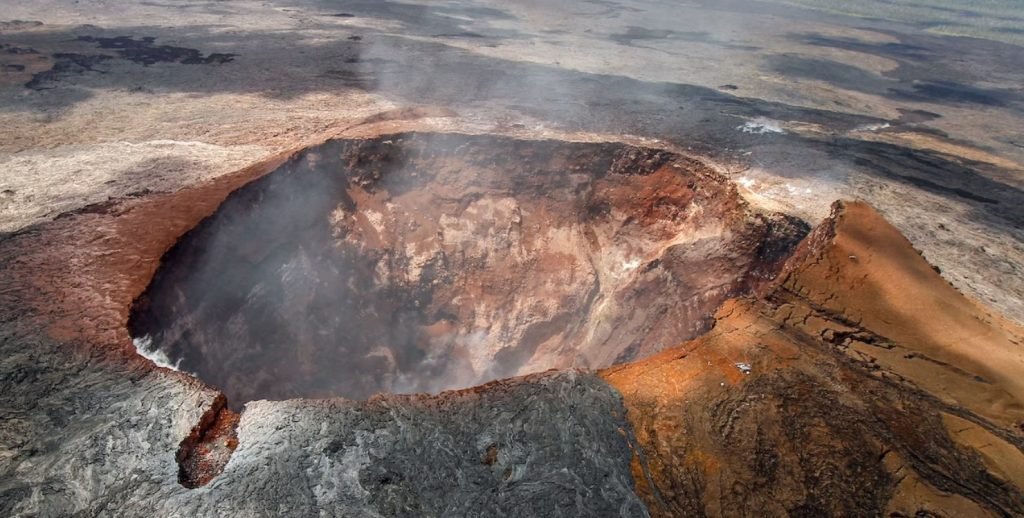
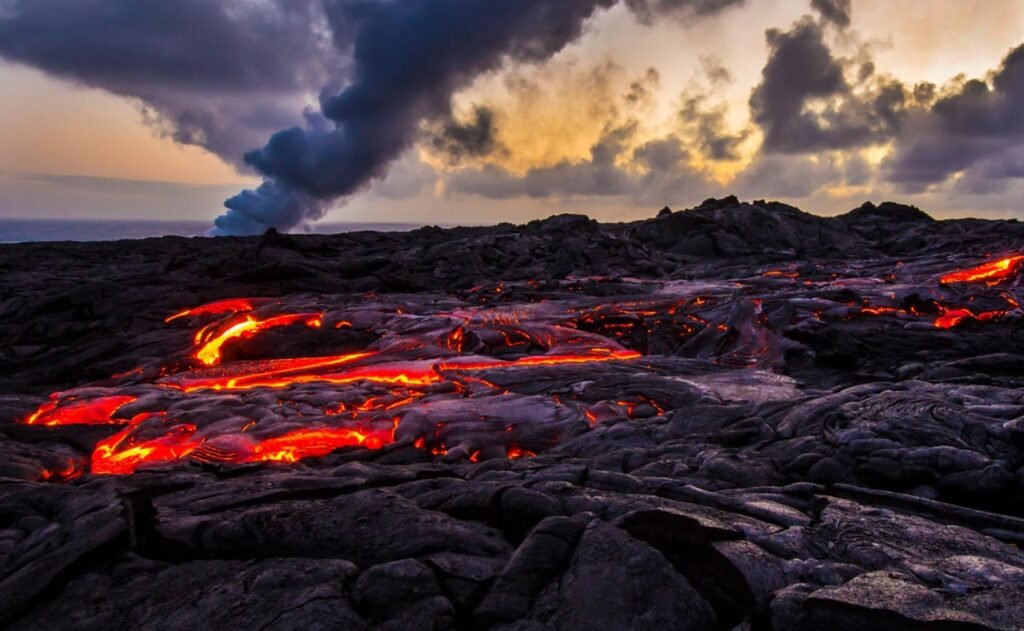
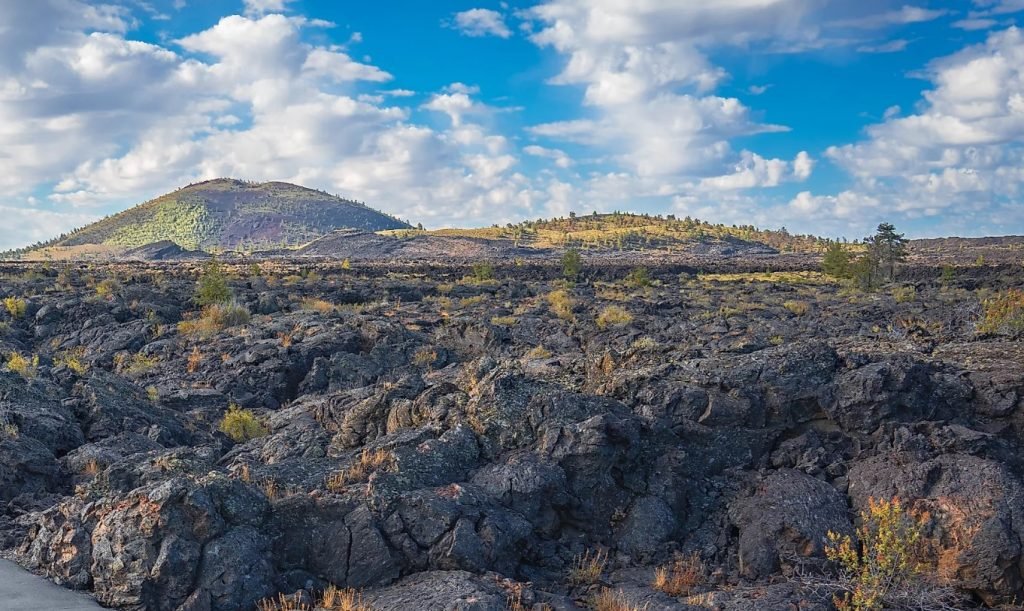
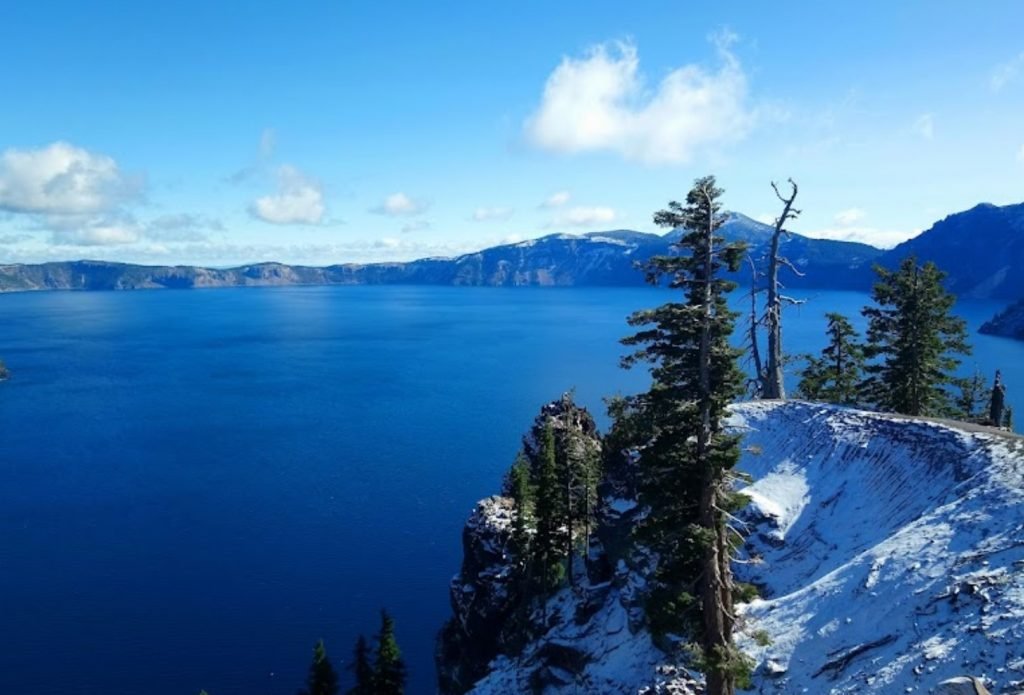
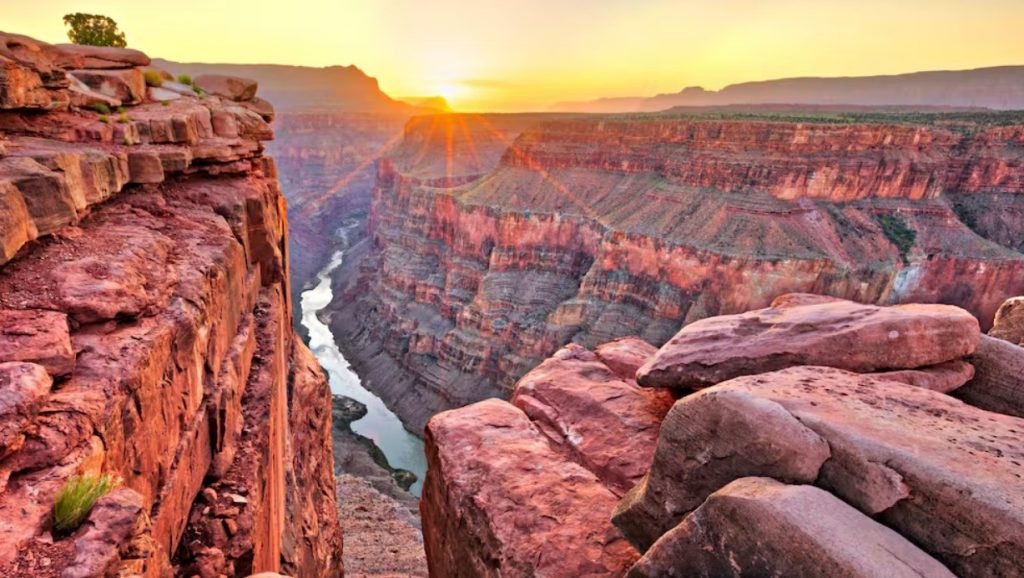

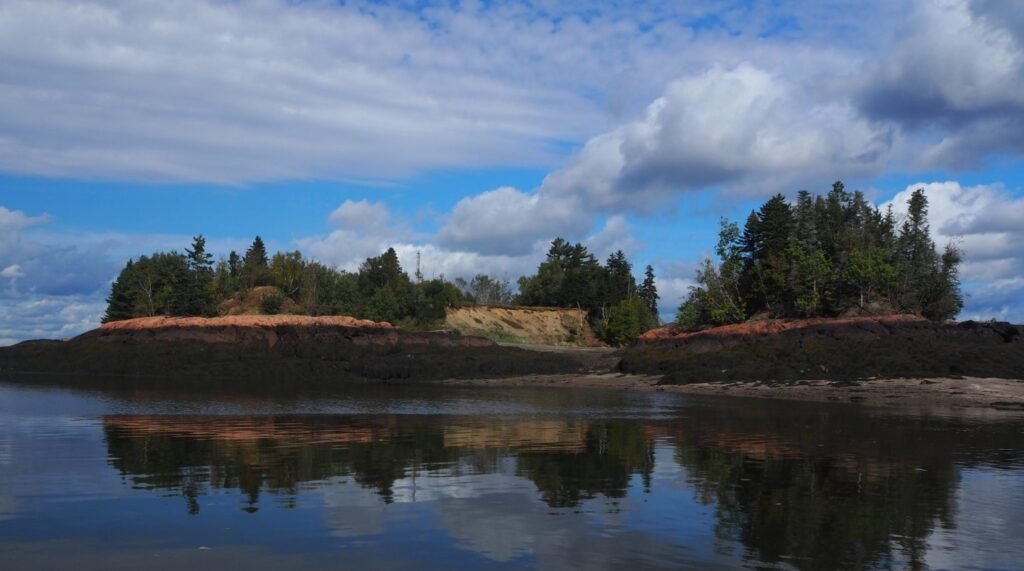
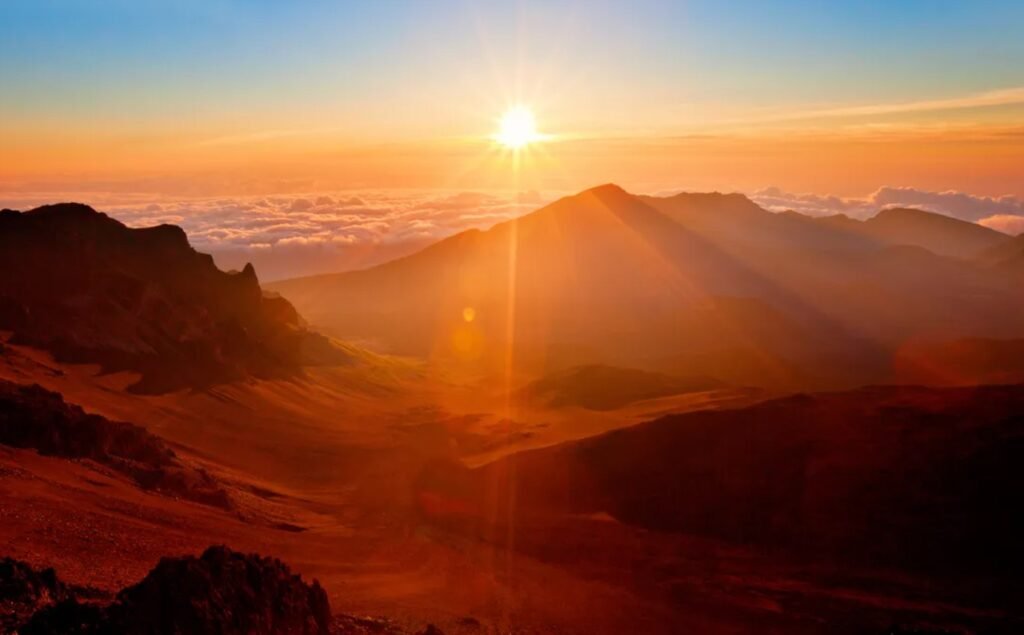
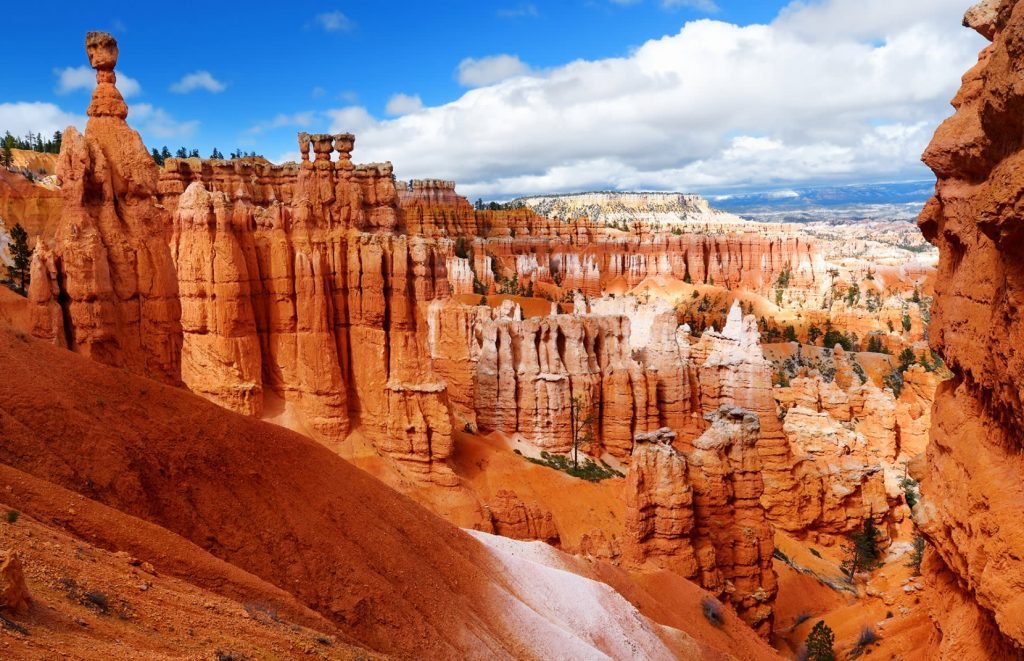
Responses